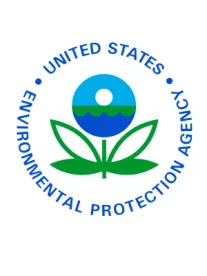On July 11, 2019, US EPA announced its new policy on Enhancing Effective Partnerships Between the EPA and the States in Civil Enforcement and Compliance Assurance Work (the Policy). The Policy was communicated as a memorandum from Assistant Administrator Susan Parker Bodine to the regional administrators. To date, the Policy is US EPA’s most comprehensive statement on the Trump administration’s proposed transfer of responsibility for compliance and enforcement matters from the federal agency to authorized states.
US EPA has been signaling that it will move to a more state-led enforcement and compliance policy. In January 2018, for example, US EPA issued interim guidance to enhance planning and communication between US EPA regions and the states. Later, in October 2018, Administrator Wheeler issued a memorandum outlining four key principles relevant to the enforcement of federal environmental laws. The principles rely heavily on state-led enforcement. Namely, the principles request: (1) general deference to states in state-implemented programs, (2) effective communication between the EPA and the states, (3) clear standards of review and predictable processes, and (4) a clear process for elevating issues.
In May 2019, leading up to last week’s announcement, US EPA requested public comments on a draft version of the Policy. After receiving public comments, US EPA has published the final three-part Policy, which withdraws the January 2018 interim guidance memorandum.
The Policy begins by citing the importance of joint work planning between US EPA and state agencies. The Policy notes, “[c]ooperative, periodic, and early joint planning . . . is essential to promote enhanced, shared accountability between federal and state enforcement authorities.” Accordingly, senior management of each region should meet with their state counterparts on an as-needed basis. Likewise, EPA regions and states are to work together to identify which inspections should be performed and which agency should perform them. Any breakdowns in the two-way communication between US EPA and a state agency should be elevated to the senior management of both the EPA and the state agency.
Second, the Policy states “EPA will generally defer to a state as the primary implementer of inspections and enforcement in authorized programs.” (Emphasis added.) The Policy, however, then provides nine examples of situations in which US EPA may choose to utilize its concurrent enforcement authority and take direct action for inspections and enforcement. Some examples include emergency situations or situations where there is substantial risk to human health or the environment, situations involving multi-state or multi-jurisdictional interests, significant violations for which US EPA’s criminal enforcement authorities may be needed, and situations that involve enforcement at federal and state owned or operated facilities.
Finally, the Policy sets out the best practices for the elevation of any issues that may arise under the first two sections of the Policy. Critically, the Policy requires any issues to “be elevated and resolved as quickly as practicable.” Regions and states, however, are permitted to continue using the dispute resolution provisions in their existing bilateral agreements, so long as those agreements are not inconsistent with the Policy.



 />i
/>i
